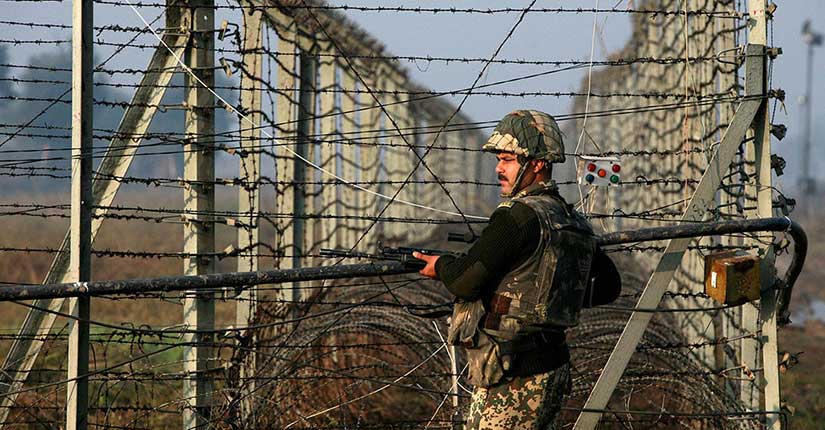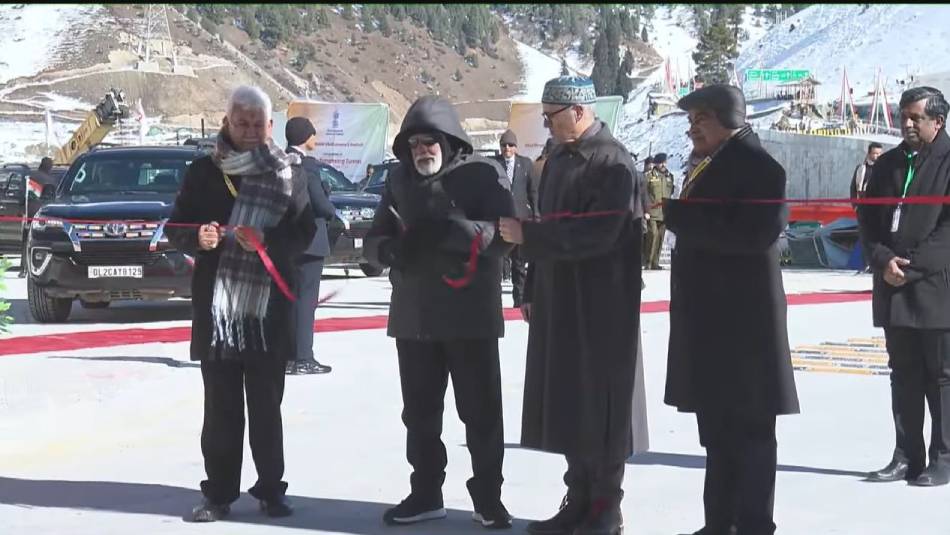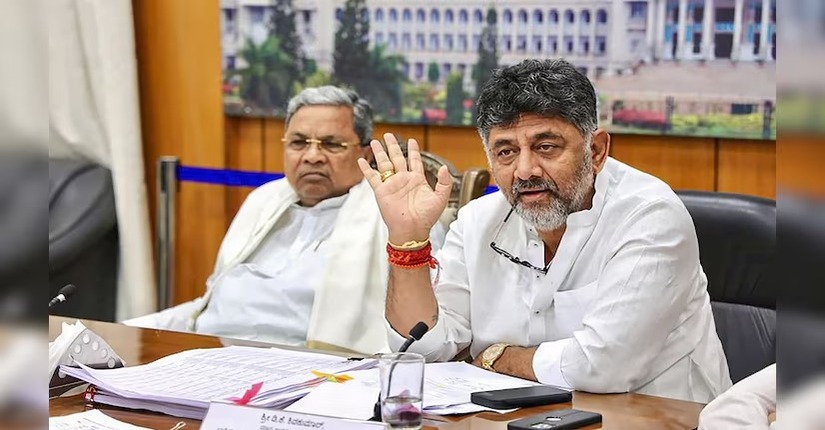Alright, let’s get real. Honestly, after that wild, blink-and-you ’ll-miss-it war between India and Pakistan in May 2025, South Asia basically got a new playbook. This wasn’t just a border spat — it had major ripples. Politicians went into overdrive, defense guys started drawing up new plans, and let’s be honest: nobody’s gonna sleep easily over regional peace for a while.
Flashback: How It All Kicked Off
So, picture this: It’s late April 2025. There’s a nasty terrorist attack in Pahalgam (Kashmir, Indian side). Boom — 26 innocent people gone. India instantly points the finger at Pakistan (surprise, surprise), while Pakistan goes, “Nope, not us!” Naturally, stuff spirals out of control. Before you know it, artillery shots across the border, diplomats told to pack their bags, visas scratched, and both sides tossing up trade barriers like it’s a new Olympic sport.
Then on May 7, out come the big guns — literally. India launches “Operation Sindoor.” Missile strikes on camps in Pakistan. In response, Pakistan isn’t about to just sit there, so they send drones and missiles right back. For a hot second, everyone’s worrying we’re edging towards full-blown disaster territory. It gets pretty hairy.
Fighting only lasts a few days, but it’s some of the nastiest since 2019’s Balakot mess. By May 10, the Americans step in, waving around peace treaties and forcing a time-out. Sure, both sides’ leaders play it cool, acting like they weren’t pressured, but, come on — everyone knows who held the remote.
What Changed in India
1. “Stronger Together” (And Louder About It)
Modi and his crew? Man, they milked the moment. The strikes fed right into the whole “zero tolerance for terror” story. No more, “Oh, maybe the terrorists are separate from the state.” Nah, they called it out — and people ate it up. Nationalist pride was trending on every platform, and you better believe the BJP cashed in on that for extra votes, headlines, all of it.
2. Turning Up the Heat
Forget “warnings.” India went full action hero. The wildest move: putting the Indus Waters Treaty on ice — that water-sharing agreement that’s been in place for what feels like centuries. Toss in banning Pakistanis from visiting, kicking out diplomats, and shutting down border crossings. India made it clear: “We’re not just about the missiles. We’ll choke you out everywhere.”
3. Political Jockeying
Inside India: lockdown mode. Suddenly, critics got called traitors (yikes), and even random people like that travel blogger, Jyoti Malhotra, ended up behind bars under suspicion of being a spy? It’s all a little McCarthy-era, but modern. Kashmir got stricter, and anyone talking nicely about Pakistan had to watch their back.
4. Diplomatic Muscle-Flexing
Ceasefire? Sure, India signed. But they didn’t love that Uncle Sam got so hands-on. Had to put on a tough face and remind everyone about the Simla Agreement — “we sort it out ourselves, thanks.” Reality check, though: the U.S. still calls the shots if things get dicey enough.

Pakistan’s Counterpunch (Sort Of)
1. Rallied ‘Round the Flag
Over in Islamabad, it was all about defending national pride. The prime minister and his cabinet started bragging about shooting down jets and blasting Indian targets, whether it happened or not. Anyone who complained was suddenly “anti-national,” so the conflict gave the government some handy cover to hunker down.
2. Diplomatic Door-Slamming
Pakistan’s response? Tear up the Simla Agreement, close down the airspace, send Indian diplomats home, axe whatever trade was left, and yell “international investigation” just to drag the rest of the world into the mud with them. Oh, and they started working the phones to China and Turkey for backup.
3. Fighting In-House
Opinions split inside the Pakistani gov too. Some wanted to chill, others wanted to go harder at India. The Indian strikes, plus the possible squeeze on river water — well, people didn’t exactly feel super-prepared for any of it. Still, the leadership held on by pushing a message of unity, dismissing criticism as anti-patriotic noise.
4. Leaning Abroad, But Hitting a Wall
At the end of the day, Pakistan openly thanked Washington for brokering peace. No shame in relying on the Americans, I guess. But the whole episode made it painfully obvious: Pakistan likes outside help, but world powers won’t always swoop in — especially if it’s just India-Pakistan drama.
So yeah. Both sides talked a big game. Behind the scenes? Everyone is hitting reset in a big way, and the “neighborhood” just got a heck of a lot more complicated.
Regional and Global Effects (But, you know, not in a boring textbook way)
1. Conflict’s New Normal
Wow, 2025 cranked up the heat. Missiles, drones—both sides swinging for each other’s front lawns and factories, not just soldiers on some border. Hitting civilians and economic stuff? Yikes. Never seen India and Pakistan go at it like this, and the drone battle was a total game-changer. Makes you wonder: Next time, what’s stopping things from skidding out of control? Not much, honestly.
2. Uncle Sam Still Pulls Strings
Everybody’s acting like the ceasefire was their own clever idea, but, c’mon—we all saw who was working the phones. The U.S. played peacemaker, nudging both sides to chill out before things got nuclear and the whole world lost sleep. So yeah, America’s still the big referee in this part of the world, especially when things get spicy.
3. Awkward Silence at the Negotiation Table
They’ve got a handshake deal for future talks, but it’s basically on life support. India’s all, “No chatting unless you handle your terrorists.” They might throw the Indus Waters Treaty back on the table, just to spice things up. Pakistan? Still waving the Kashmir flag and wants the rest of the world to jump in. Trust issues? Off the charts.
Conclusion: Welcome to the Rewired Reality
The 2025 dust-up rewired everything between these two—no reset button here. India’s strutting around, willing to roll the dice. Pakistan’s soldiering on, but kind of leaning hard on outside help.
Politics at home? Even more hard-nosed than before, a total bag of bricks. More drama, less compromise—pretty delightful, right? No one’s particularly excited for outside help next time. Security is the new king. And forget peace talks; now it’s all about who can shout “national security” loudest.
So yeah, guns went quiet in May 2025, but that was just intermission. The drama’s working overtime, rewiring how South Asia ticks. The “new normal” is basically more nerves, more fences, and a whole lot of folks bracing for the next shoe to drop. Peace? Hanging by a thread. Dialogues? Meh. It’s fear driving the bus now.




